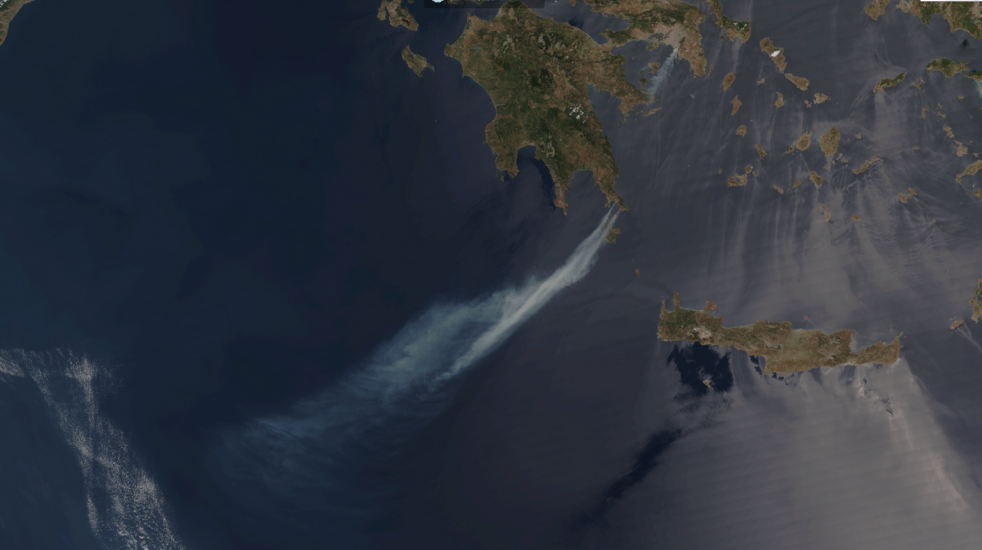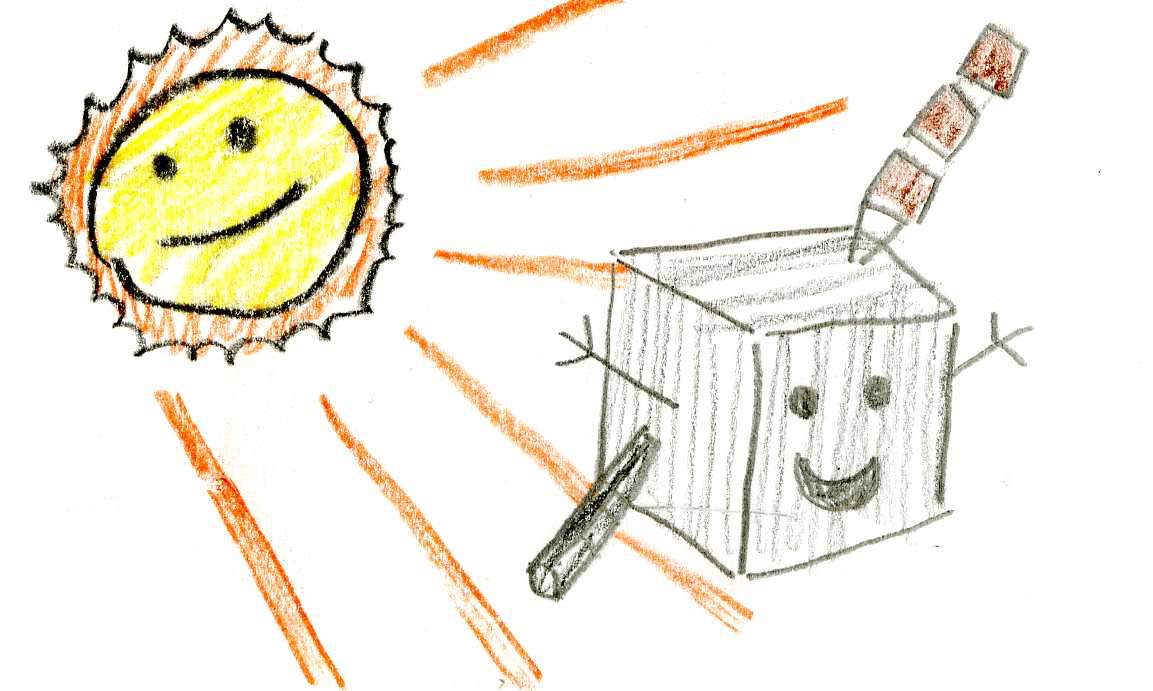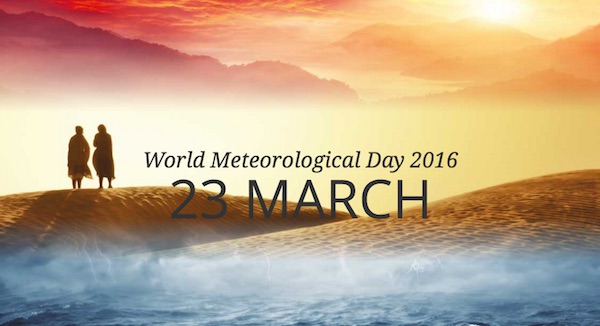
[ Archive ]

 |
CIMSS-NOAA Weekly Report
[ Archive ] |
 |
IN THE PRESS:
Public Benefits of Remote Sensing: A new column on the Space Science and Engineering Center (SSEC) web site addresses the public benefits of remote sensing resulting from university research. It explains how remote sensing technology affects and improves daily living. From aviation safety to planning for severe storms or preparing for natural disasters, all of the research cited in the article originated at SSEC or the Cooperative Institute for Meteorological Satellite Studies (CIMSS). The column is available athttp://www.ssec.wisc.edu/news/articles/8691. (Sarah Witman, SSEC, 608-263-4206, Jean Phillips, SSEC, 608-262-8164)
 (Click image to enlarge)
(Click image to enlarge)ITEMS FOR THE ADMINISTRATOR:
ITEMS FOR THE ASSISTANT ADMINISTRATOR:
ITEMS FOR THE OFFICE DIRECTOR, STAR:
UW Scientists Part of New NASA Mission to Study Hurricanes: Researchers at the Space Science and Engineering Center (SSEC) and the Cooperative Institute for Meteorological Satellite Studies (CIMSS), University of Wisconsin-Madison, are part of an investigation team selected by NASA to put new scientific instruments in low-Earth orbit to study the development of tropical cyclones. The Time-Resolved Observations of Precipitation structure and storm Intensity with a Constellation of Smallsats (TROPICS) investigation will develop and launch a constellation of 12 CubeSats with microwave sensors to study the development of tropical cyclones and other weather phenomena. SSEC senior scientists Ralf Bennartz, Christopher Velden and Liam Gumley will form part of the TROPICS science team and bring extensive expertise in remote sensing techniques and observations as a means to improve understanding of complex atmospheric processes that influence Earth’s weather and climate. The overall TROPICS mission is led by William Blackwell of the Massachusetts Institute of Technology’s Lincoln Laboratory. In addition to Blackwell and UW-Madison collaborators, the TROPICS team includes partnerships with NASA’s Wallops Flight Facility, NASA’s Goddard Space Flight Center, several universities, and the National Oceanic and Atmospheric Administration. The TROPICS mission is one of two experiments competitively selected from 14 proposals submitted to NASA’s Earth Venture Instrument-3 program. (C. Velden, CIMSS, 608-262-9168)
ITEMS FOR THE DIVISION CHIEF, CoRP:
Elementary School Presentation on GOES-R: Mat Gunshor of the Cooperative Institute for Meteorological Satellite Studies (CIMSS) gave a presentation to approximately 66 second grade students at Van Hise Elementary School in Madison, Wisconsin. The students learned about geostationary environmental satellites and how they are used, with specific emphasis on Geostationary Operational Environmental Satellite (GOES)-R and the upcoming launch, and were given GOES-R bookmarks and posters for their classrooms. The videos from the NASA Jet Propulsion Laboratory's SciJinks website (http://scijinks.jpl.nasa.gov/goes-r/) were shown to the students and were very well received. Comments included, "I can't believe GOES-R has 16 different channels", "I really liked the funny videos", "Thank you for leaving the posters from NASA", and "I learned a lot about the GOES-R satellite." (M. Gunshor, CIMSS, 608-263-1146)
 (Click image to enlarge)
(Click image to enlarge)Gerth on WeatherBrains: Jordan Gerth, of the Cooperative Institute for Meteorological Satellite Studies (CIMSS), participated as a guest in a Google Hangout on weather satellites and radiosondes as part of the weekly WeatherBrains "netcast" on March 21, 2016. WeatherBrains is billed as "the official netcast for people who love weather", targeting the general weather enthusiast community with host James Spann, a popular on-camera meteorologist in Alabama, and other panelists representing different segments of the weather enterprise. Approximately 300 people have viewed the show to date, which is available on YouTube: https://www.youtube.com/watch?v=LWfHFaHN8LI. (J. Gerth, CIMSS, 608-263-4942)
CIMSS Assists the GOES-R CWG: Scientists at the Cooperative Institute for Meteorological Satellite Studies (CIMSS) presented to the Geostationary Operational Environmental Satellite (GOES)-R Calibration Working Group (CWG) on issues affecting the Advanced Baseline Imager (ABI). Questions were raised about data quality flags, the potential for solar radio frequency interference (RFI) which affects current GOES periodically, Man computer Interactive Data Access System (McIDAS) software updates for ABI, and the potential for a need to match recent data quality improvements of Himawari-8 data with the ABI. A review of the data quality flag determination procedure for ABI has revealed some potential issues and apparent differences between how ABI data will be presented to users compared to Japan's Advanced Himawari Imager (AHI) data. (M. Gunshor, CIMSS, 608-263-1146, T. Schmit, E/RA2, 608-263-0291, tim.j.schmit@noaa.gov)
Happy World Meteorological Day!: World Meteorological Day was Wednesday, March 21, 2016. More information is at http://www.wmo.int/worldmetday/home. (J. Key, E/RA2, 608-263-2605, jkey@ssec.wisc.edu)  (Click image to enlarge)
(Click image to enlarge)
VISITORS:
NEXT WEEK:
LOOKING AHEAD:
| Archived Weeklies Page | Submit a report item |